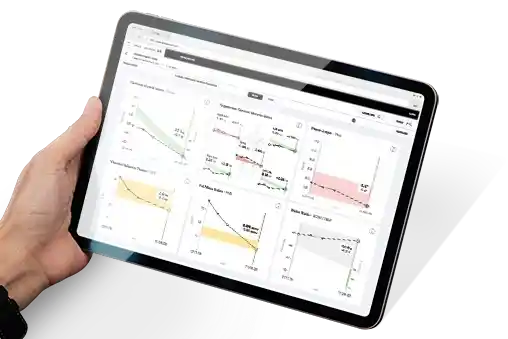
Medically Supervised Diet
A medically supervised diet is a weight management program overseen by healthcare professionals like doctors, nurses, and dietitians. It's designed to help individuals lose weight and improve their overall health, often incorporating various strategies like meal plans, behavior modifications, and potentially medication.
Factors Used to Choose Dietary Plans
Personal preferences
Past successes
Past challenges
Understanding of nutrition and ability to apply information
Individual dietary limitations
Underlying health conditions


Types of Diets
Calorie restricted diets (Weight Watchers, TLC diets, Calorie Count)
Low carbohydrate diets (Atkins, Keto, Always Hungry)
Low fat diets (Ornish, AHA diet, DASH)
Nutrient focused diets (Mediterranean, DASH, Whole 30, Plate Method)
Intermittent fasting (Alternate day, Time restricted)
Ketogenic Diet
The keto diet is a high-fat, moderate-protein, low-carbohydrate diet that aims to induce ketosis, a state where the body primarily uses fat for fuel instead of glucose from carbohydrates. This is achieved by drastically limiting carbohydrate intake, typically to 20-50 grams per day, and replacing them with healthy fats.


Mediterranean Diet
Red meat typically refers to beef, lamb, mutton, pork, veal, goat, and venison. It's important to note that in the context of dietary guidelines, especially for the Mediterranean diet, red meat is generally consumed in moderation or less frequently than other protein sources like poultry. Lean red meats are sometimes included 3-4 times a month in a Mediterranean-style diet.
Paleo Diet
The Paleo diet is a dietary approach inspired by the Paleolithic era, focusing on whole, unprocessed foods that our ancestors likely consumed. It emphasizes lean meats, fish, fruits, vegetables, nuts, and seeds, while excluding grains, legumes, dairy, and processed foods. The core principle is that modern diets, particularly those with processed foods, have contributed to health issues, and a diet closer to our evolutionary past may be beneficial.


Vegetarian/Vegan Diets
A vegetarian diet excludes meat, poultry, and fish, while a vegan diet excludes all animal products, including dairy, eggs, and honey. Vegetarians may include dairy and eggs, whereas vegans do not consume any food or product that comes from animals.
The Plate Method
The Plate Method is a visual tool for planning balanced meals by using a plate as a guide. It helps visualize portions of different food groups, ensuring a variety of nutrients are included in each meal. The method encourages filling half of the plate with vegetables and fruits, a quarter with lean protein, and a quarter with whole grains or starches.


Dash Diet
The DASH diet, short for Dietary Approaches to Stop Hypertension, is a balanced eating plan designed to help lower high blood pressure and promote overall heart health. It emphasizes fruits, vegetables, whole grains, lean proteins, and low-fat dairy while limiting sodium, red meat, sugary drinks, and unhealthy fats.
Very Low-Calorie Diet
Involves consuming fewer than 800 kcal per day, leading to rapid initial weight loss but no long-term advantage. Often uses physician-prescribed or store-bought meal replacements and requires medical supervision.


Intermittent Fasting
Intermittent fasting is an eating pattern that cycles between periods of eating and voluntary fasting. It's not about what you eat, but when you eat. There are various methods, including 16/8, 5:2, and alternate-day fasting, each with its own approach to balancing eating and fasting periods.
